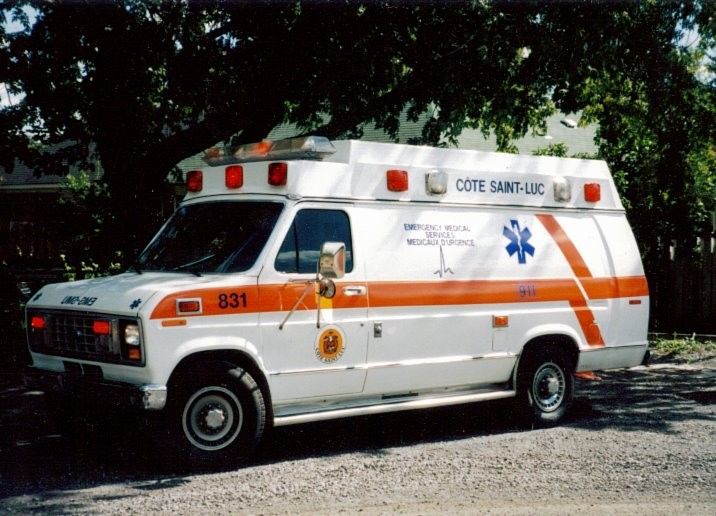Break down barriers to care

One of my proudest moments as the Director of Côte Saint-Luc EMS came in the midst of a cold February day in 1997.
One of our crews was quietly working their way through the floors of a highrise apartment complex that was home for many seniors. They had pulled up earlier in the day, parked in the guest lot, unloaded their gear and began their rounds. Their rounds included stops at more than a dozen apartments whose occupants were part of a locally-operated program where volunteer callers checked-in with seniors every morning.
The daily calls were to assure folks they weren’t alone in the community – and they provided a small window into the lives of the people who answered the phone. And the day before our crews pulled into the parking lot, volunteer call makers noted that several of their clients were complaining of not feeling well, or were running a fever, and had a cough or a bit of a wheeze.
And so, they asked if ‘some nice young people from The EMS could come and check on you. They won’t turn on their lights or sirens and they won’t rush around. They’ll just knock on your door and then check on how you’re doing. And if they think you need more care, they’ll make the arrangements.”
This particular highrise apartment building was no different from any others in the neighbourhood. Many of the residents were seniors on fixed income whose world was limited to the buildings and its immediate surroundings. They socialized with one another, riding down the elevator to the common room to play cards or just catch-up with one another. They went down to the lobby to check on their mailboxes and watched the winter snow pile up outside.
And in February, community-acquired-pneumonia [CAP] shared the elevator and the corridors and the lobby with them. CAP brought with it a significant amount of misery, morbidity and mortality among the more fragile of our residents.
Our medics assessed patients based on a few key criteria – mental status, respiratory rate, low systolic or diastolic BP, and age. They also verified patients’ electrocardiograms [we had a couple of LP12s] , 02 sat levels and quite apart from the clinical side, any environmental factors that could be addressed that might limit or prevent exposure.
I was listening on the radio as one of our crews radioed into dispatch with a 10-08 [‘found a call’] and requested an ambulance non-emergency for an elderly patient with mild dyspnea. It was the seventh 10-8 call of the day.
Five of them were non-emergency requests where our medics determined the patient required further evaluation and early intervention at the ER. However, two of those requests were for patients found in respiratory distress. Those were residents of our community who had passed the threshold separating ‘feeling crappy’ from ‘critically ill’ without reaching out to let anyone in the outside world know what was happening in their world.
I still marvel at those early days of what we called our ‘Partnership in Caring’ program.
We weren’t trying to reinvent the wheel or anything like that. We certainly didn’t set out to establish any trends in Canadian EMS. To share the truth, we thought we were playing catch-up with the rest of our colleagues. We figured everyone else must be busy expanding the scope of their services to serve the needs of their respective communities. It was only when I was invited out to Selkirk, Manitoba to share our experience and was being peppered with questions, I realized that what we had accomplished with our little volunteer EMS department may have been unique in Canada.
We were doing what seemed natural for a community with a very high number of seniors, medically fragile residents, and people with disabilities – we were taking care of our neighbours as if they were members of our own family.
And that’s why I was so darned proud of our crews. They were breaking down the barriers separating our residents from the care they needed and deserved.
Be well. Practice big medicine.
Hal